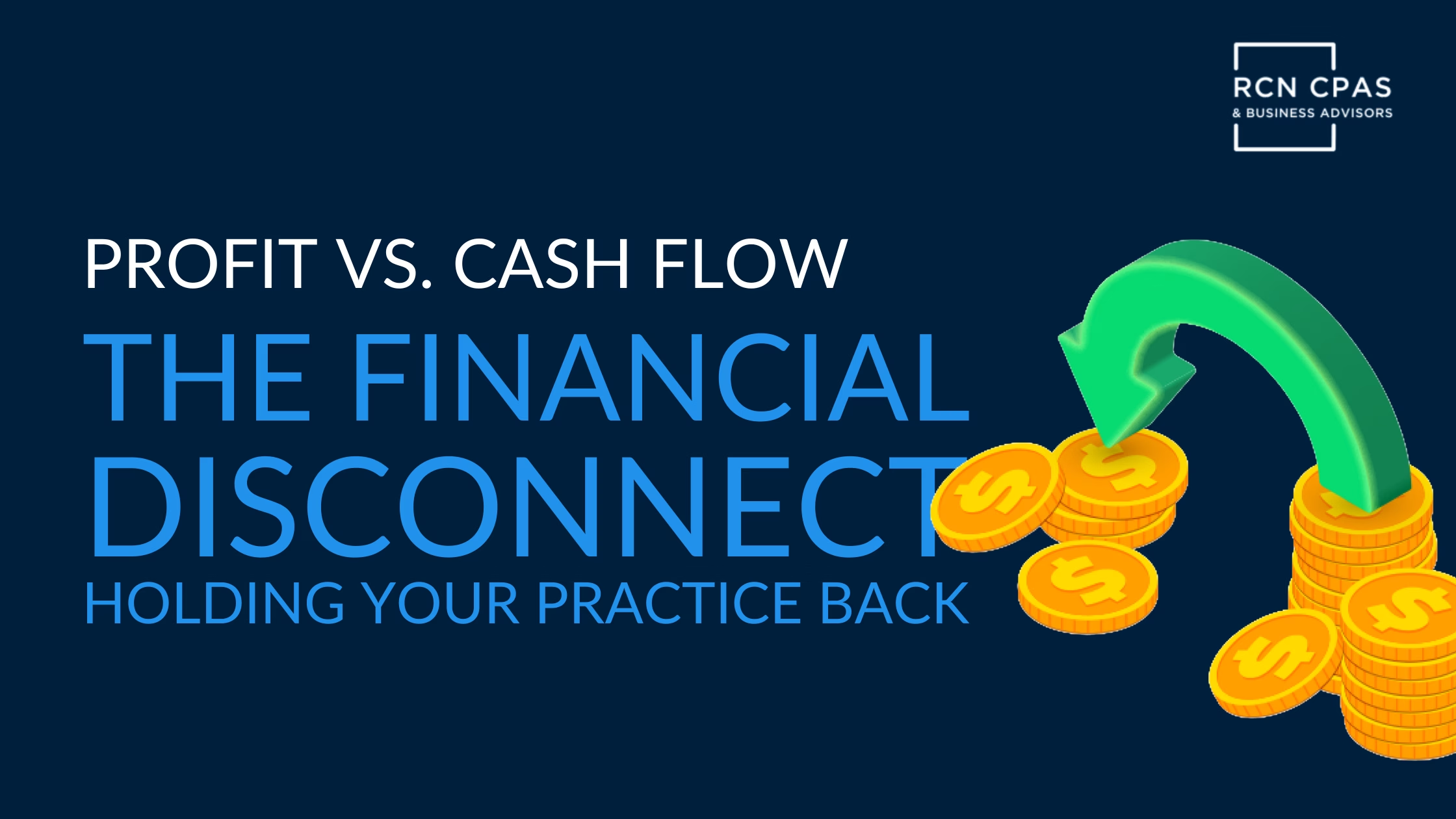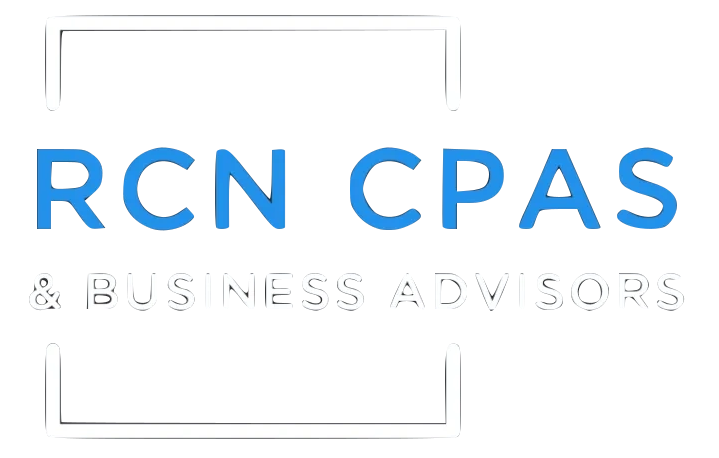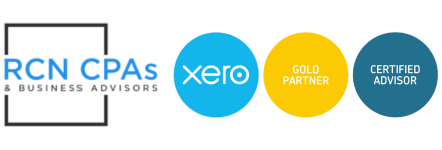Profit vs. Cash Flow: The Financial Disconnect Holding Your Practice Back

It’s 4:30 PM on a Thursday.
You’ve just wrapped up another packed day of appointments. The schedule was full, patients were happy, and revenue reports look solid.
But when your office manager hands you the latest statement, you notice something off. The books say your practice is profitable — yet the bank account balance barely covers payroll.
Sound familiar?
For many medical practice owners, this scenario feels frustrating but normal. “We’re profitable,” you think. “So why does cash always feel tight?”
The truth: profit doesn’t equal cash flow. And when you don’t understand the difference, your practice can look healthy on paper while silently running out of oxygen.
Profit vs. Cash Flow: What Every Practice Owner Should Know
Let’s simplify this.
- Profit = revenue minus expenses. It’s what you earned on paper for the period.
- Cash flow = money actually coming in and going out of your bank account.
You can be profitable yet cash-poor if reimbursements are delayed, equipment payments hit at once, or patient collections lag.
This mismatch is one of the biggest hidden risks for medical practices today — especially when you depend on insurance payments or large monthly overheads.
The Myths That Keep Practices Stuck
Myth 1: “If I’m profitable, I must be doing fine.”
Profit doesn’t pay your bills — cash does. You can show a $50,000 profit this month and still not afford payroll if reimbursements haven’t cleared.
Myth 2: “Cash flow problems only happen in struggling practices.”
Even successful, growing practices run into cash shortages. Expansion consumes cash long before it appears as profit.
Myth 3: “Things will fix themselves once insurance payments arrive.”
They rarely do. Without systems for managing inflows and outflows, you’ll always be one billing cycle away from a cash crunch.
Why This Hits Healthcare Harder
Medical practices face unique financial timing issues:
- Insurance reimbursements can take 30–90 days.
- Payroll, rent, and supplier bills are due monthly.
- High equipment and technology costs demand consistent liquidity.
You’re juggling competing cash demands while waiting for payors — which makes cash flow your most critical performance metric.
How to Strengthen Your Cash Flow
Here are five proven strategies to help your practice stay financially healthy:
1. Forecast Cash Flow Weekly
A simple rolling 13-week cash forecast helps you predict tight spots before they hit. Use your accounting software or a spreadsheet to track expected inflows (insurance, patient payments) and outflows (payroll, rent, supplies).
2. Speed Up Collections
- Automate patient billing reminders.
- Offer easy online and recurring payment options.
- Follow up quickly on aging receivables — every 10 days matters.
3. Negotiate with Vendors
Ask suppliers for 30–45-day payment terms or early-payment discounts. Small changes can significantly smooth your cash position.
4. Monitor Both Profit and Cash Flow
Your income statement shows profit; your cash flow statement shows liquidity. Review both monthly to spot trends early.
5. Build a Cash Reserve
Aim to keep at least one month of operating expenses in reserve to buffer reimbursement delays or unexpected expenses.
Realizing that profit doesn’t always equal financial health can be eye-opening — but you’re not the only one figuring this out. The good news? There are clear, practical ways to boost your cash flow and give your practice some much-needed breathing room.
A great place to start is by taking a closer look at your spending patterns and internal systems. Our post on [7 Tips to Improve Cash Flow and Cut Costs] walks through simple ways to tighten up operations without sacrificing patient care.
You can also explore our guide on [Smart Tax Strategies to Improve Cash Flow and Reduce Business Stress], which shares actionable steps to make tax planning work for you instead of against you — especially if you often feel the pinch during tax season.
Together, these strategies can help your practice move from being “profitable on paper” to actually having money in the bank when you need it.
Keeping Your Practice Financially Fit
Think of your finances like patient care — you wouldn’t diagnose based on one symptom. Profit tells part of the story; cash flow tells the rest.
When both are in sync, your practice can grow with stability and less stress. When they’re not, even profitable practices can feel like they’re constantly gasping for air.
If your profit looks great but your bank balance doesn’t, it’s time to dig deeper.
Let’s Strengthen Your Practice’s Financial Pulse
We help medical practice owners bridge the gap between profit and cash flow. From forecasting and collections to expense strategy, we’ll help you take control of your finances — so you can focus on patients, not payments. Schedule your free consultation today.





